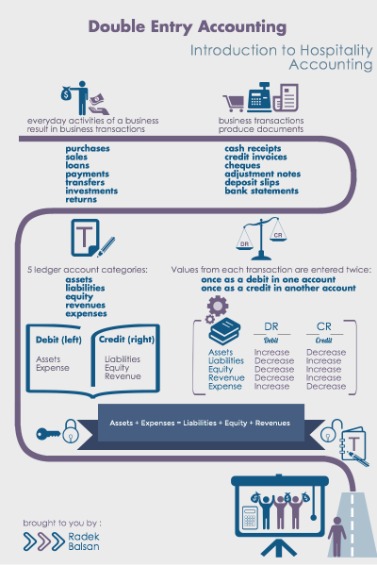Content

Once your adjusting entries have been made, you’re ready to run your adjusted trial balance. The unadjusted trial balance is your first look at your debit and credit balances. If not, you’ll have to do some research to locate and correct any errors.
- Thus, the post-closing trial balance is only useful if the accountant is manually preparing accounting information.
- B. Prepares the withdrawals account for use in the next period.
- Closing entries reduce the number of permanent accounts.
- Reconstruct a Post-Closing Trial Balance for the company from the information presented in the financial statements.
- As such, one should prepare the working trial balances before closing out entries at the end of an accounting period.
Achieving this balance is a must before preparing financial statements. It serves as an intermediate step between the bookkeeping stage and the preparation of financial statements. It is an internal control for accuracy and completeness in recording business a post-closing trial balance reports transactions. The purpose of trial balance is to find errors and fix them so your accounting books are accurate. Using the amounts above, the company’s post-closing trial balance will report $200,000 in the debit column and $130,000 in the credit column.
Want More Helpful Articles About Running a Business?
The purpose of closing entries is to transfer the balances of the temporary accounts (expenses, revenues, gains, etc.) to the retained earnings account. After the closing entries are posted, these temporary accounts will have a zero balance. The permanent balance sheet accounts will appear on the post-closing trial balance with their balances.
Which account will not appear on an after-closing trial balance? The first step is to collect all accounts under one trial balance sheet for Consulting Company Incorporated. Below is an example of a business accounting team using post-closing entries in their accounts. The post-closing trial balance differs from the adjusted trial balance. A post-closing trial balance checks the accuracy of the closing process. A. Owner’s capital must be closed each accounting period.
Post-Closing Trial Balance
DebitCreditIncome Summary (37,100 – 28,010)9,090Retained Earnings9,090If expenses were greater than revenue, we would have net loss. A net loss would decrease retained earnings so we would do the opposite in this journal entry by debiting Retained Earnings and crediting Income Summary. Closing the expense accounts—transferring the debit balances in the expense accounts to a clearing account called Income Summary. Closing the revenue accounts—transferring the credit balances in the revenue accounts to a clearing account called Income Summary. Businesses, accountants, and bookkeepers all use trial balances to make sure a company’s books are accurate. Accounts receivable began with a balance of $868, the account had credits of $1,471 and debits of $819.
This document summarizes all accounts from the general ledger, with corresponding debit or credit balances listed side-by-side. By preparing a working trial balance, individuals can identify discrepancies between total debits and credits for each account before issuing financial statements. A post-closing trial balance is the final step performed in the accounting cycle after recording all closing entries and posting them to the ledgers. This is the last trial balance prepared within an accounting period and it summarizes all the permanent accounts and its adjusted balances. The post-closing trial balance report lists down all the individual accounts after accounting for the closing entries. At this point in the accounting cycle, all the temporary accounts have been closed and zeroed out to permanent accounts.